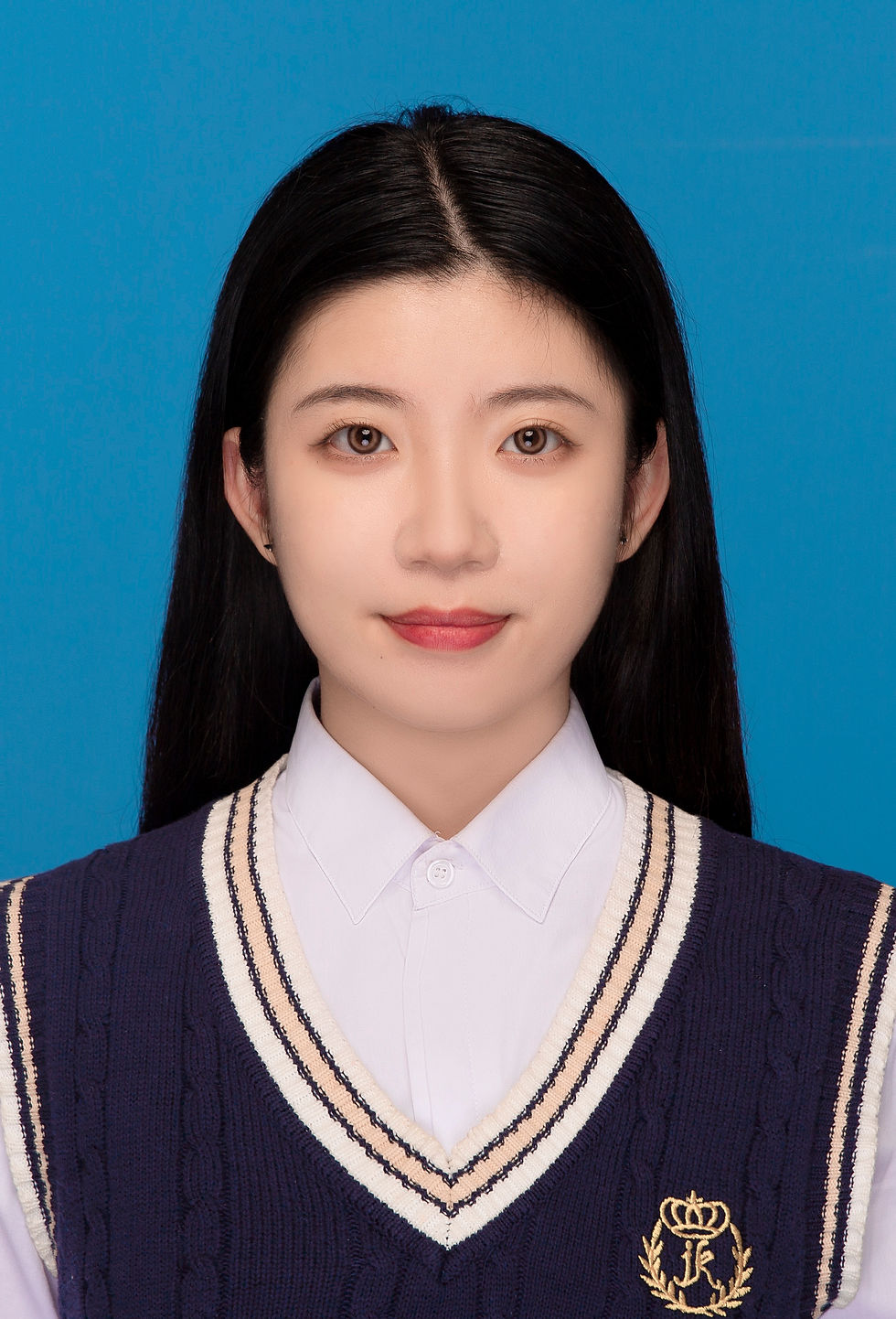Hideshi Uda
- Česká sekce INSEA

- May 31
- 2 min read
Updated: Jun 22
7.25 Art Appreciation Activities Focusing on the Facial Expressions and Poses of Buddhist Statues: Constructing Art Education that Connects Traditional Culture with us Today (Paper)

Hideshi Uda – Nara University of Education, Japan
Abstract:
The purpose of this study is to construct an art education that allows students to appreciate the facial expressions and poses of Buddhist statues and connect them to plastic expression. It can be said to be the art education that connects traditional culture with our modern life. In this study, a Buddhist statue was used as the main subject, and I conducted a trial practice with junior high school students, university students, etc., and considered the results. The Buddhist statue forming the core of this study was the statue of standing Shukongojin God (a national treasure of Japan, made in the 8th Century) enshrined in the Todaiji Temple in Nara City, Japan. This statue is rarely shown to the public except for once a year. This armor-clad statue holds a battle club, which incorporates the concept of the hardest object, in his right hand, protecting the teachings of Buddha. In the trial practice, the students looked at both “photos of the appearance of the Buddha images that can be seen today” and “photos of the appearance of the Buddha images at the time of the founding of the temple (C.G.)”. As a result, the students were able to grasp the characteristics of the statue before hearing a detailed explanation of it, because the statue in the photos was easy to understand in terms of its expression and pose. It was also confirmed that having students imagine the colours of the “original Buddha image” from the “existing photo” was effective in raising students’ interest. Furthermore, when we compared the responses of junior high school students with those of university students and in-service teachers, we found differences depending on age group. Based on our observations of these practices, we designed and presented activities as an introduction to mask-making and three-dimensional abstract expression.



Comments